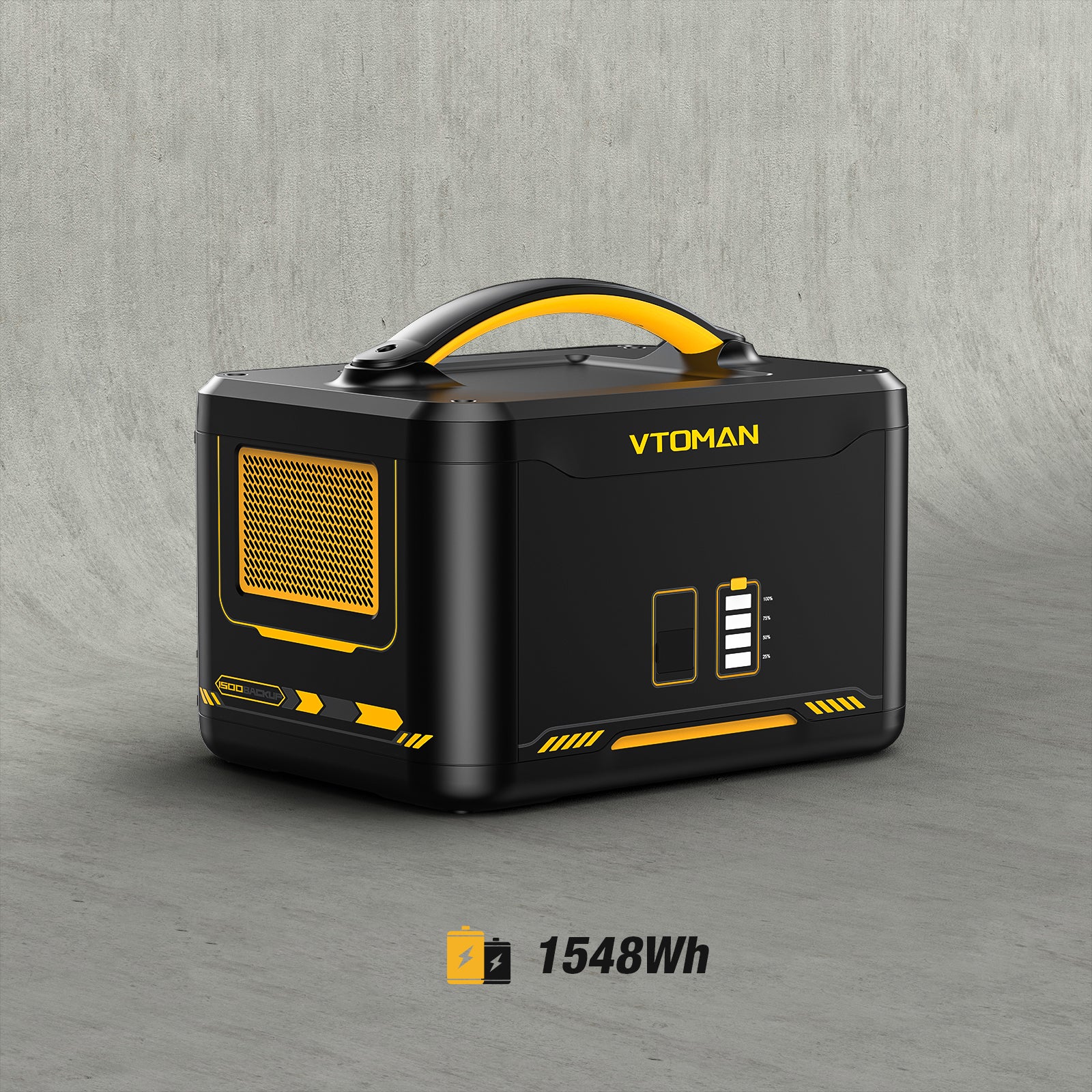Energy Resilience: A Closer Look at Battery Storage Solutions for Critical Infrastructure
الجسم
In today's rapidly evolving world, the need for energy resilience has become increasingly important. Critical infrastructure, such as hospitals, data centers, and emergency response systems, rely heavily on a continuous and reliable power supply. In the face of natural disasters, grid failures, or other disruptions, battery storage solutions have emerged as a promising technology to ensure uninterrupted energy supply. Let's delve deeper into the world of battery storage and explore its role in enhancing energy resilience for critical infrastructure.

The Importance of Energy Resilience
Energy resilience refers to the ability of a system or infrastructure to withstand and recover from disruptions in the energy supply. In the context of critical infrastructure, energy resilience is crucial to ensure the uninterrupted operation of essential services. Imagine a hospital without power during a storm or a data center experiencing a blackout. The consequences could be catastrophic.
Battery storage solutions play a vital role in enhancing energy resilience by providing backup power during outages. These systems store excess energy generated during periods of low demand and release it when demand exceeds supply. By acting as a buffer between the energy source and the critical infrastructure, battery storage solutions ensure a continuous power supply, even in the face of disruptions.
The Advantages of Battery Storage Solutions
One of the key advantages of battery storage solutions is their ability to respond quickly to changes in energy demand. Unlike traditional backup generators, which require time to start and stabilize, battery systems can provide instant power. This rapid response time is crucial for critical infrastructure, where even a few seconds of downtime can have severe consequences.
Battery storage solutions also offer scalability, allowing them to be tailored to the specific needs of different critical infrastructure facilities. Whether it's a small clinic or a large-scale data center, battery systems can be designed to provide the required power capacity. This flexibility ensures that energy resilience can be achieved at various levels, from individual buildings to entire cities.
The Role of Battery Storage in Renewable Energy Integration
Renewable energy sources, such as solar and wind, are playing an increasingly significant role in our energy mix. However, their intermittent nature poses challenges for maintaining a stable power supply. Battery storage solutions can address this issue by storing excess renewable energy during periods of high generation and releasing it when generation is low.
By integrating battery storage with renewable energy systems, critical infrastructure can rely on a consistent and clean power supply. This not only enhances energy resilience but also contributes to reducing carbon emissions and mitigating the impacts of climate change.
The Future of Battery Storage Solutions
The field of battery storage solutions is continuously evolving, with advancements in technology and increasing demand driving innovation. Researchers are exploring new materials and designs to improve the efficiency and capacity of batteries, making them even more suitable for critical infrastructure.
One area of focus is the development of long-duration battery storage solutions. These systems aim to provide power for extended periods, ranging from several hours to days. By increasing the duration of backup power, critical infrastructure can withstand prolonged disruptions, such as hurricanes or grid failures.
Another promising avenue is the integration of battery storage with smart grid systems. This combination allows for better management of energy flows, optimizing the use of renewable energy and battery storage. By leveraging advanced algorithms and real-time data, critical infrastructure can maximize energy resilience while minimizing costs and environmental impact.
In conclusion, battery storage solutions are revolutionizing the concept of energy resilience for critical infrastructure. By providing instant backup power, scalability, and integration with renewable energy sources, these systems ensure uninterrupted operation and contribute to a sustainable future. As technology continues to advance, the future of battery storage looks promising, offering even more innovative solutions for enhancing energy resilience.










تعليقات